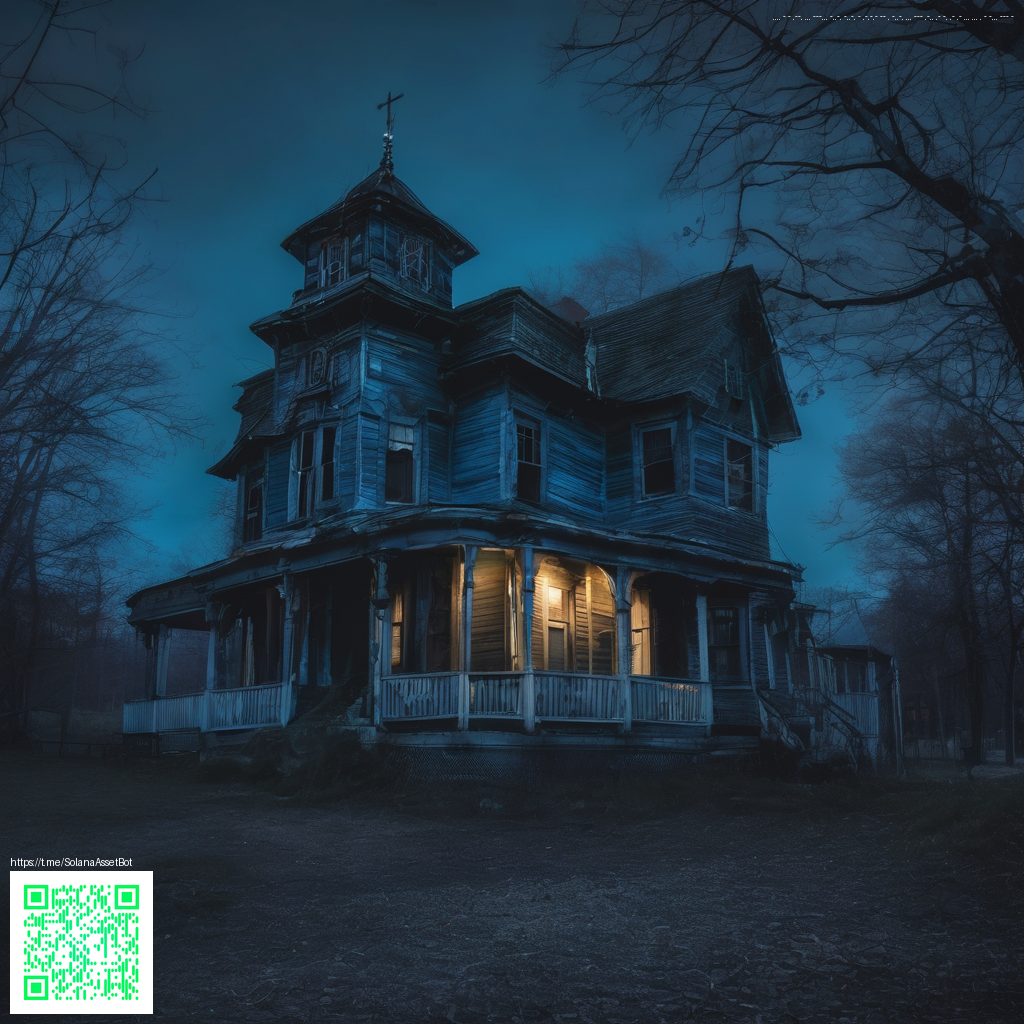NFTs Transform Gaming Collectibles: A New Collector’s Era
In recent years, gaming communities have witnessed a quiet revolution at the intersection of art, code, and play. Non-fungible tokens, or NFTs, have shifted the way players think about ownership, provenance, and value within virtual worlds. Instead of relying on walled-garden items that fade when a game ends, collectors can point to a blockchain-backed certificate of authenticity that travels with the item across titles and platforms.
That shift isn't just about digital bragging rights. It unlocks new economies where rare items can be bought, sold, or traded with confidence, and where creators can receive ongoing royalties. Yet the conversation remains nuanced: how do we balance true ownership with accessibility, and how do we prevent the market from eclipsing gameplay itself? The answers are still evolving, but the trajectory is clear: NFTs are transforming what it means to collect in the age of interconnected games.
From Digital Scarcity to Tangible Value
Scarcity in the digital realm used to be a paradox—inevitant copies seemed to erode value. NFTs solved that paradox by linking a unique, verifiable token to a specific asset. Players can now prove, on demand, that they own a legendary skin, a character skin, or a limited questline unlock. The result is a durable sense of ownership that complements in-game achievements, with provenance that can be traced back to original creators and milestones.
Interoperability matters, too. With cross-game compatibility, a cosmetic or avatar token could one day accompany a player from one title to another, or even to experimental metaverse spaces. This is where game studios and marketplaces invest heavily in standards like ERC-721 and ERC-1155, ensuring that digital assets aren’t locked to a single universe. Developers also explore programmable perks—loot that unlocks in-game bonuses or real-world experiences tied to the owner.
What NFTs Bring to Gaming Collectibles
- Verified ownership: a tamper-resistant record that travels with the asset.
- Provenance and scarcity: auditable histories that reassure collectors about rarity.
- Programmable value: smart contracts can grant royalties, unlocks, or limited-time perks.
- Liquidity: marketplaces create active secondary markets, letting collectors realize gains or rebuy items with ease.
“Owning a digital asset can feel like owning a piece of the game’s future,” notes a longtime gamer-collector. The quote captures the emotional shift as players move from passive spectators to active custodians of their virtual identities.
For those who crave a blend of digital prestige and tangible utility, some fans blend their virtual collections with physical memorabilia. Consider tangible accessories that pair with digital lifestyles—like a neon phone case with card holder magsafe 1 card slot that keeps your gear organized while you manage wallets for crypto apps. You can explore that product on its dedicated page here: neon phone case with card holder magsafe 1 card slot.
Bridging Real and Virtual Worlds
As the market matures, creators are building bridges that connect the physical and the digital. Limited-edition prints, wearable tech, and accessory lines are increasingly designed to echo the aesthetics and narratives of NFT drops. This cross-pollination helps broaden the audience for blockchain-based collectibles beyond dedicated crypto communities and into mainstream gaming households. If you’re new to the space, start by understanding the basics of wallets, public addresses, and marketplaces before diving into trades or minting.
For those who prefer a broader look at the ideas shaping this space, the original discussion and context can be found here: https://pearl-images.zero-static.xyz/f2245da7.html.
A Practical Guide for Collectors Today
1) Start small with a clear budget and a plan for what you want to collect. 2) Do your due diligence on creators and projects—look for transparent teams and verified contracts. 3) Consider the long-term value: utility, community, and cross-platform potential often outlast flashy visuals. 4) Protect your assets with a reliable wallet and secure authentication practices. 5) Keep an eye on sustainability and energy considerations as the ecosystem evolves toward greener consensus models.
In the end, NFTs are less about hype and more about evolving ways to prove, share, and enjoy what we collectively create in digital spaces. They’re not a replacement for gameplay; they’re a new lens through which to view the value of time, effort, and imagination invested in games.
